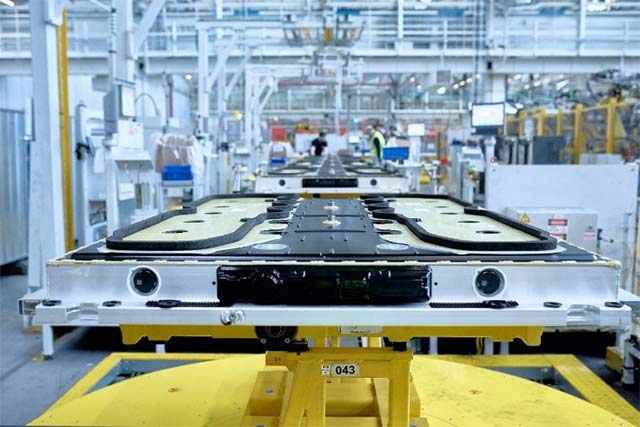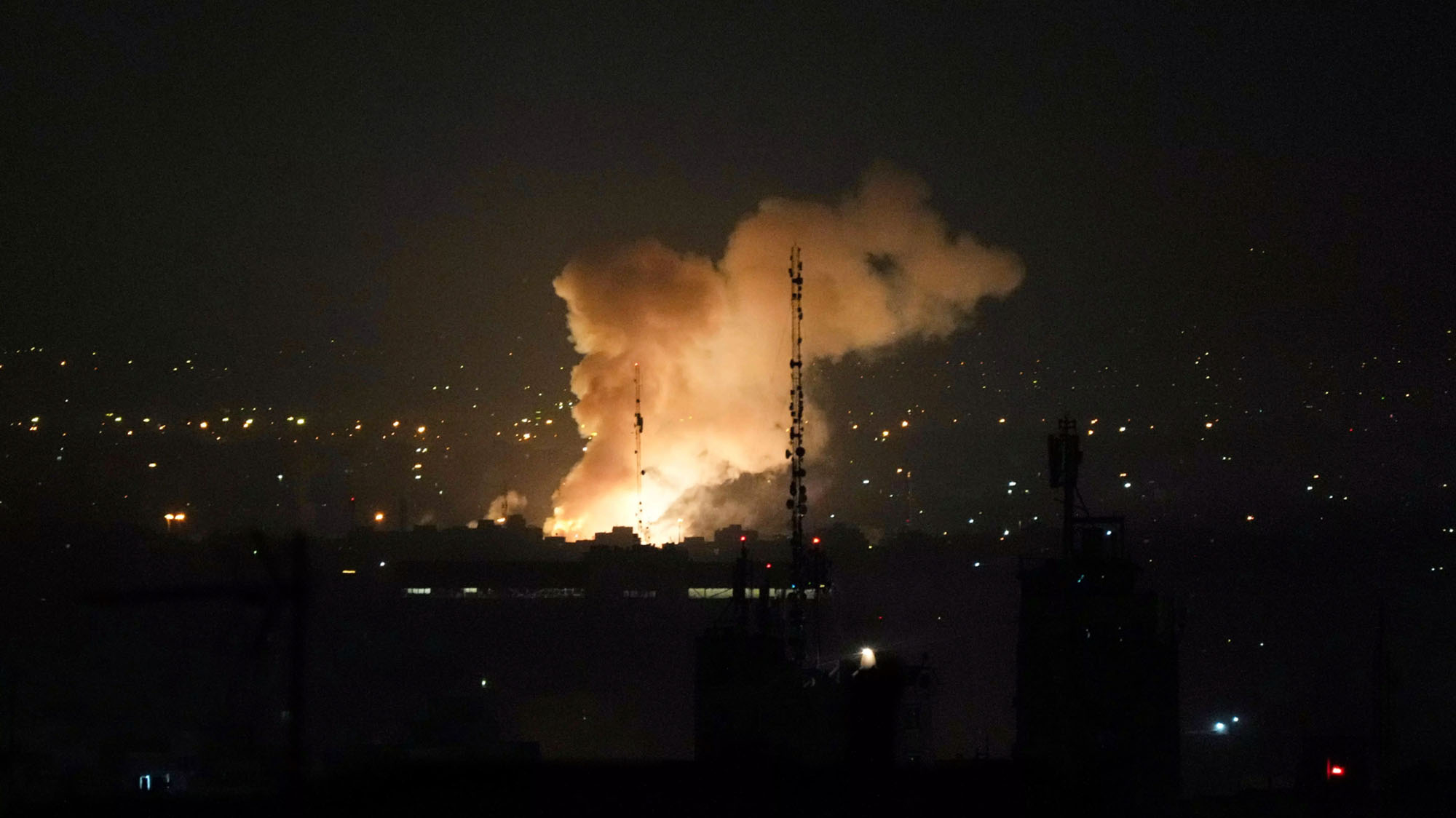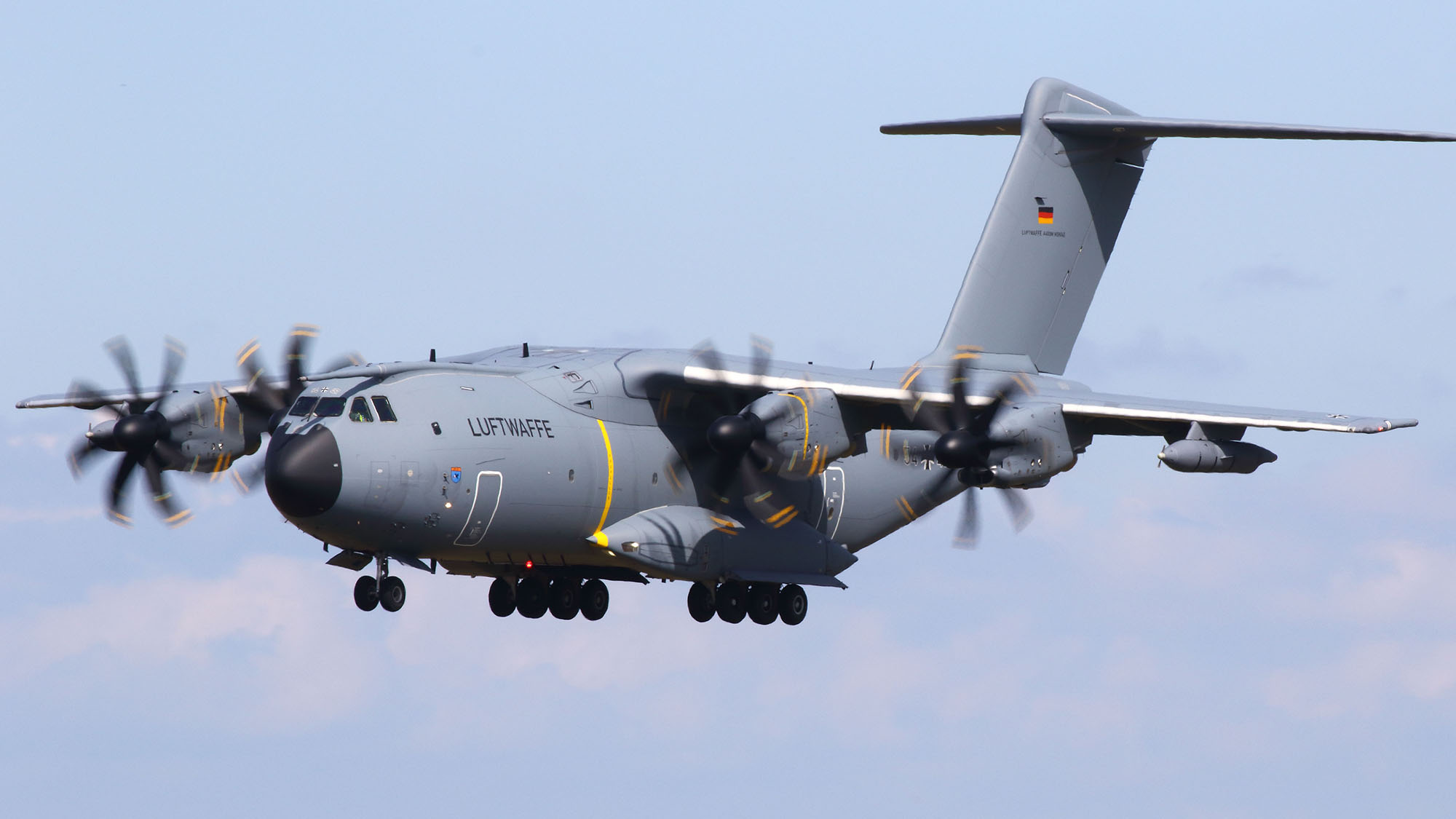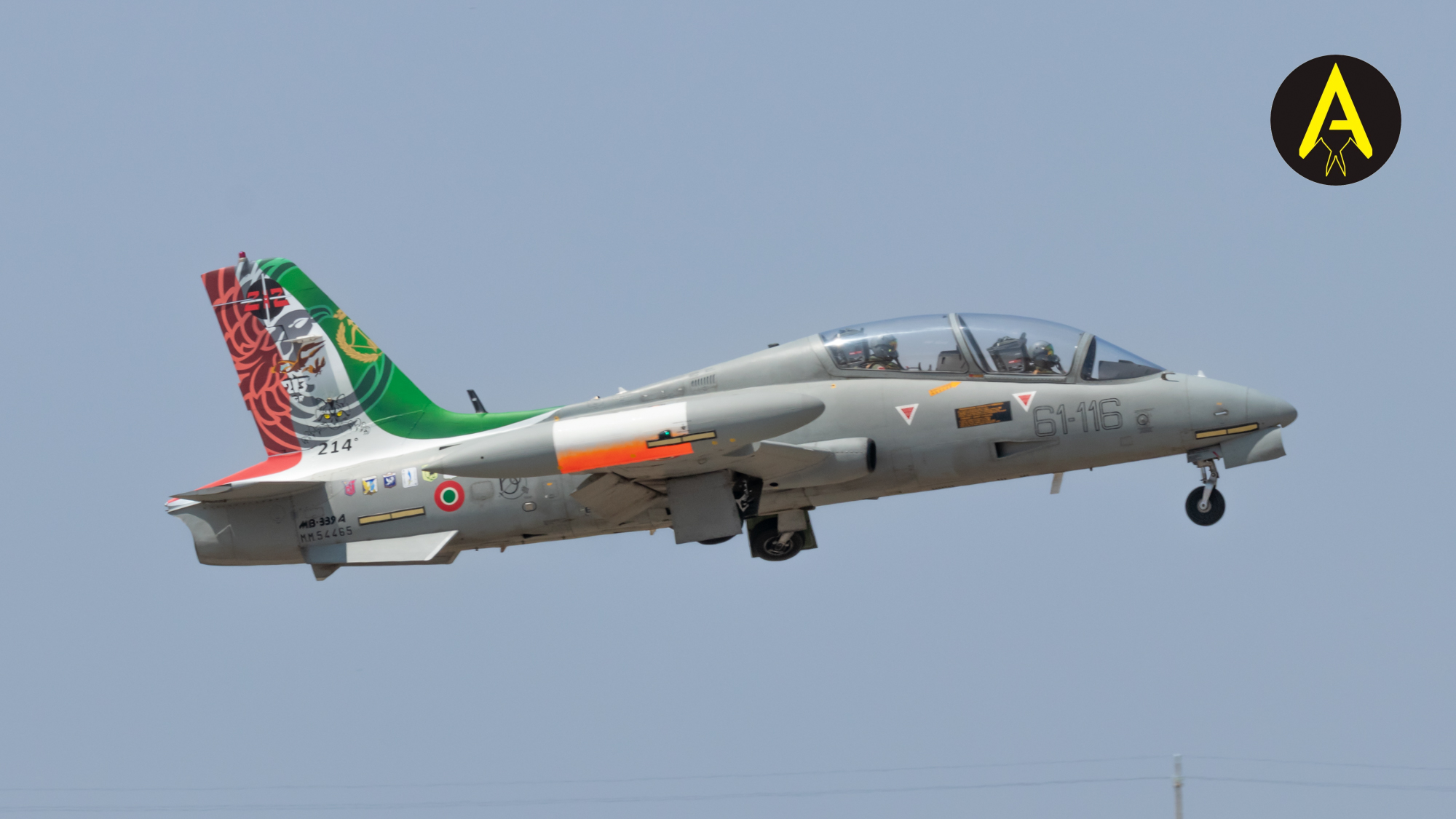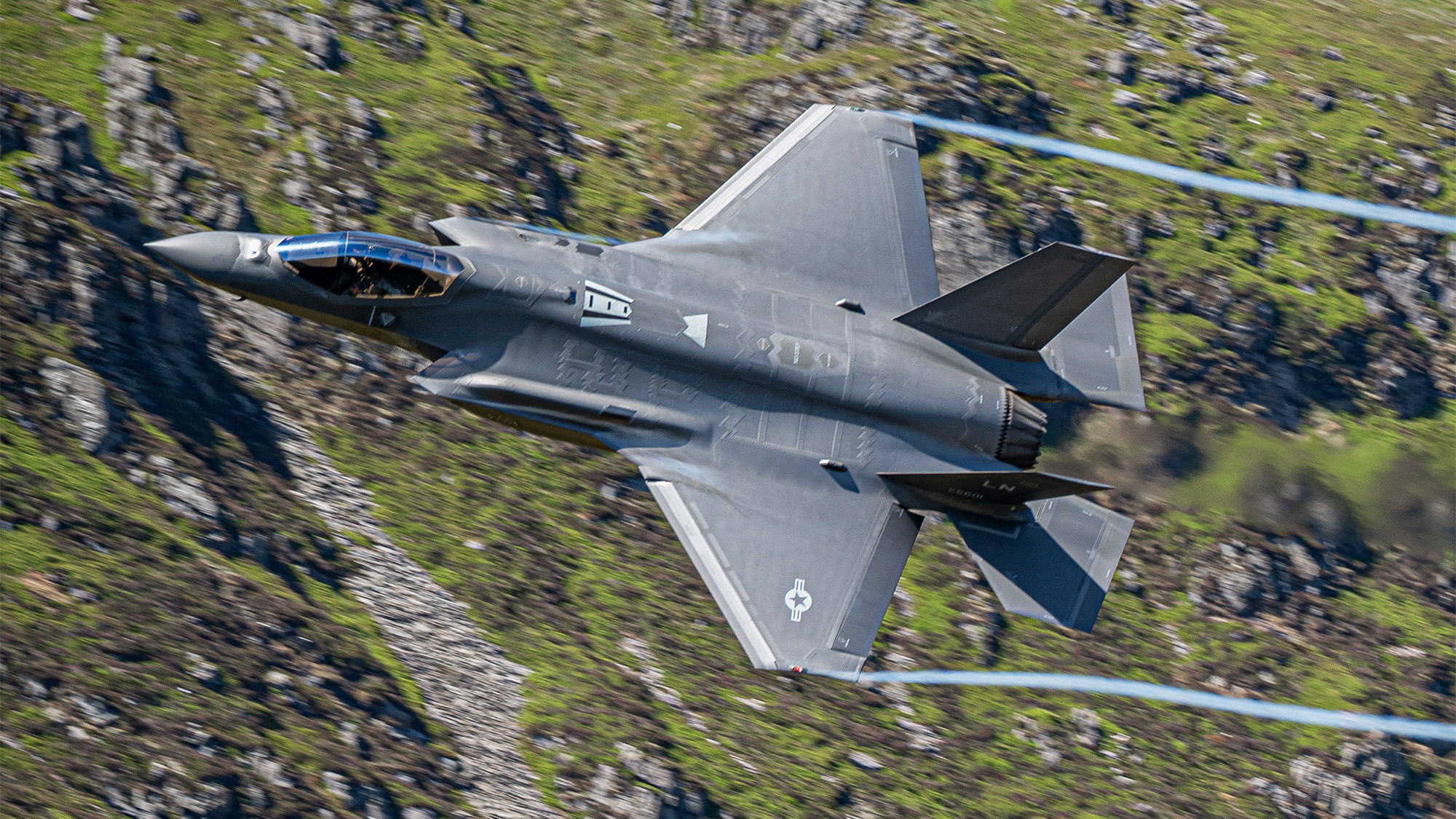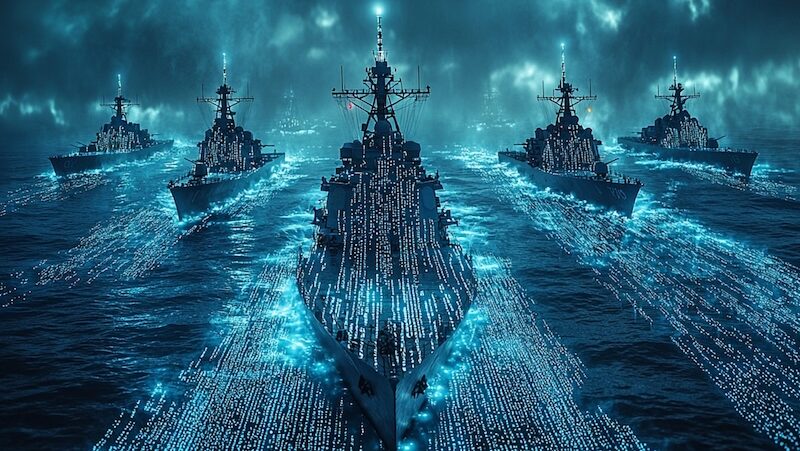Sending two carrier groups through First Island Chain shows China’s ‘growing capability’: Analysts
How should the US and its regional allies respond? “Muscle up. Partner up. And brace for impact,” one analyst said.


The Chinese aircraft carriers Liaoning and Shandong hold their first dual-carrier formation exercise in the South China Sea in October 2024. (Xinhua News Agency)
SYDNEY — China’s recent deployment of two aircraft carriers with escorts outside the First Island Chain represents a strategic step forward in Beijing’s ability to project power in the Indo-Pacific and beyond, according to analysts.
“Only 15 or so countries on the world operate aircraft carriers,” Australian naval analyst Jennifer Parker told Breaking Defense. “Very few of them would be able to operate two with associated escorts concurrently. While the carriers themselves are not the most capable, it demonstrates China’s increasing blue water expeditionary capability that is not constrained to their near seas.”
The Japanese Defense Ministry raised the alarm about the dual carrier mission this week, saying the Liaoning and Shandong were seen separately but about the same time operating near islands in the southern Pacific, including about 750 miles from Iwo Jima, the Associated Press reported. (Over a few days in late May, the Liaoning conducted 260 fighter and helicopter takeoffs and landings near Japan, Taiwan, and the Philippines.)
Peter Dean, director of foreign policy and defense at the US Studies Center, pointed to China’s February circumnavigation of Australia — which caught the Australian government by surprise — highlighted the fact of “the growing capability of the PLAN — this means they can undertake operations at greater distance with more capability over longer periods of time. We should expect to see more of this in the future.”
One top Australian defense analyst took that reasoning a bit further and said Australia, the US and their allies and partners must accept that “China is the next great empire,” John Blaxland, head of the Australian National University’s Washington DC office, wrote in an email to Breaking Defense. “Empires of old are gone and the model has changed, but today China’s growth and trade dominance covers most of the world and it’s happened in only 25 years” since it joined the World Trade Organization.

The First and Second Island Chains credit DoD graphic
Beyond the Liaoning and the Shandong, a third carrier, the Fujian, was launched on June 17, 2022. The more advanced ship, using electromagnetic catapults, began sea trials on May 1 last year.
This latest operation beyond the First Island Chain also raises the question: what should the US, Australia, their allies and partners do to manage the Chinese, whose carrier groups Parker noted are properly operating in international waters.
It’s important to note that the First Island Chain, stretching from US ally Japan, past the Philippines, Taiwan and down to Indonesia, is traditionally regarded as the first line of defense should conflict with China occur. China views it as the first line it would need to break through in the event of war.
“Muscle up. Partner up. And brace for impact,” Blaxland wrote in a text. He said the navies of Japan, South Korea, the US, Australia and New Zealand “are already highly interoperable, with common protocols technologies and procedures. There’s more they can do together, but they are already quite close. The idea of an Asian NATO likely won’t fly, but that doesn’t stop close collaboration and a high level for interoperability that can be turned on on a dime.”
Parker said they need to “continue to demonstrate their ability to monitor the Chinese, and develop their own capabilities to be able to respond in the event of a crisis or conflict.”
Meanwhile, tensions are high amid the dual deployment. Japanese officials complained today that a Chinese fighter jet flew too close to one its military planes.
“Japan expressed a serious concern and requested a prevention of reoccurrence of such incidents as it could trigger accidental collisions,” Gen Nakatani, Japan’s defense minister, reportedly said in a security committee meeting.







![Air India Boeing 787 Crashes Just After Takeoff, Killing Over 200 People [Update]](https://www.jalopnik.com/img/gallery/air-india-boeing-787-crashes-just-after-takeoff-killing-over-200-people-update/l-intro-1749822284.jpg?#)


















